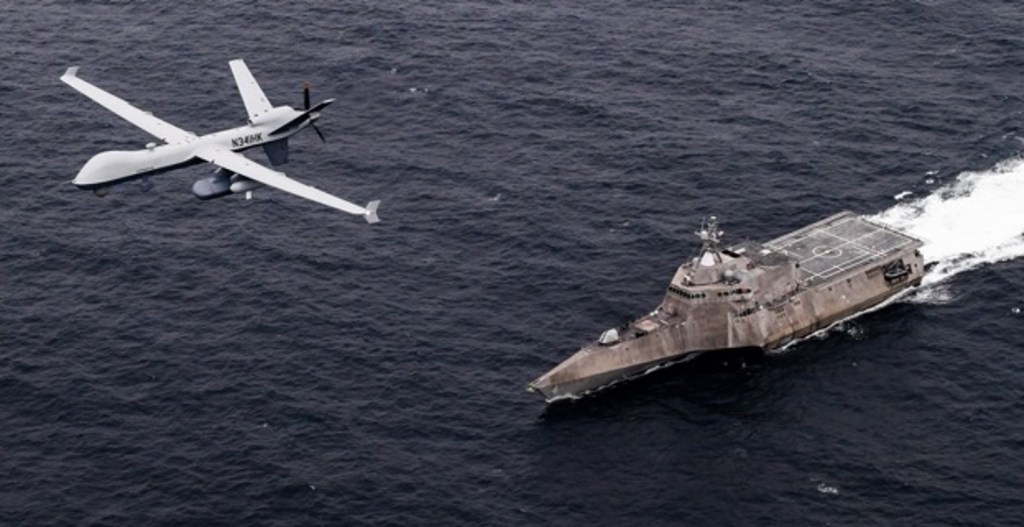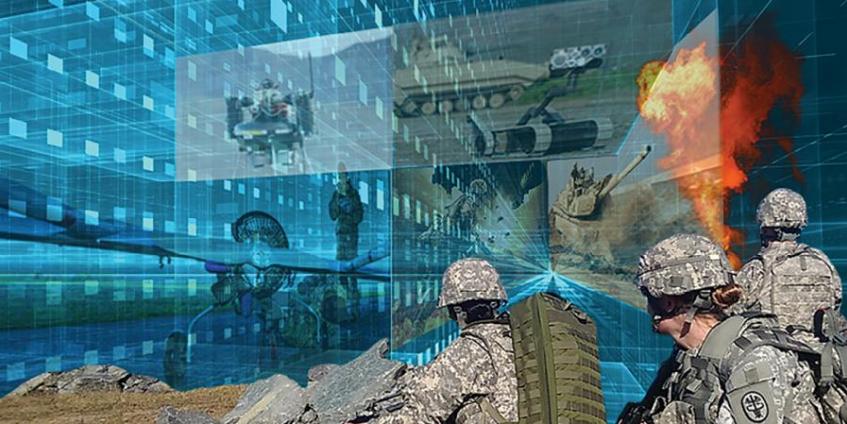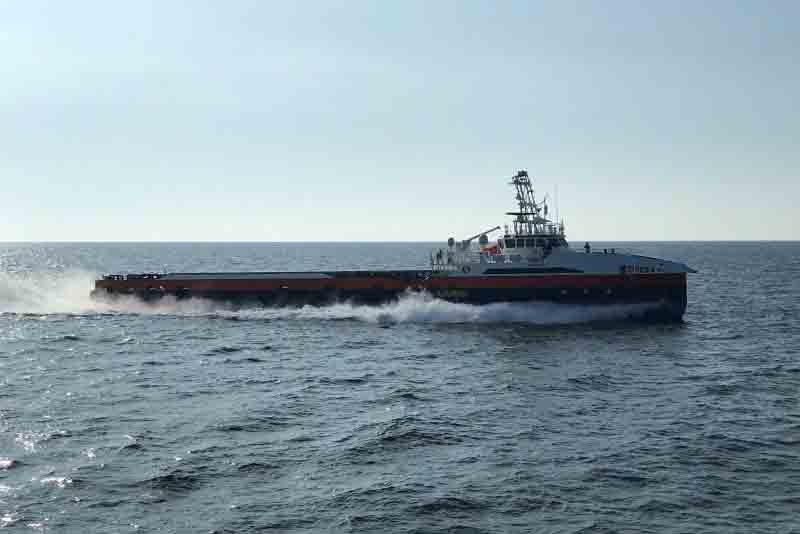Unmanned Aerial Systems (UASs) for Maritime Intelligence, Surveillance, and Reconnaissance (ISR)
The Defense Systems Information Analysis Center (DSIAC) was asked to search for Unmanned Aerial Systems (UASs) that perform Intelligence, Surveillance, and Reconnaissance (ISR) maritime missions. A set of parameters was given to DSIAC staff to limit the results, although this search was non-exhaustive and UASs that do not meet all parameters are included. UASs included in this report have two or more of the following parameters: military use, produced in the U.S., payload capabilities up to 50 pounds, endurance minimum of six hours, range minimum of 230 miles, and use of heavy fuel. UASs used for maritime ISR missions are critical to United States (U.S.) military and the U.S. Department of Defense (DoD) to provide early warnings of enemy threats and to support ongoing U.S. military and DoD missions. ISR missions can provide signals, intelligence and electronic warfare processing, analysis, and reporting capabilities, while also allowing communications between submerged maritime vehicles and a UAS.





